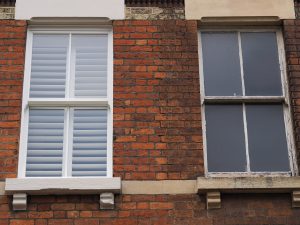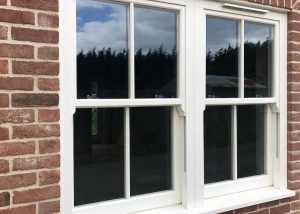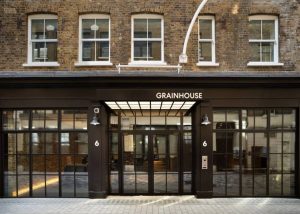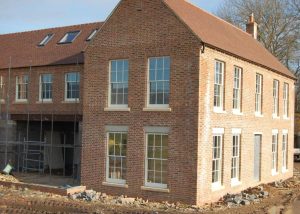Facts about Middlesbrough
General Info
Middlesbrough is a town in the Middlesbrough unitary authority borough of North Yorkshire, England. The town lies near the mouth of the River Tees and north of the North York Moors National Park. The built-up area had a population of 148,215 at the 2021 UK census. It is the largest town of the wider Teesside area, which had a population of 376,633 in 2011.
Until the early 1800s, the area was rural farmland in the historic county of Yorkshire. The town was a planned development which started in 1830, based around a new port with coal and later ironworks added. Steel production and ship building began in the late 1800s, remaining associated with the town until the post-industrial decline of the late twentieth century. Trade (notably through ports) and digital enterprise sectors contemporarily contribute to the local economy, Teesside University and Middlesbrough College to local education.
History
Middlesbrough started as a Benedictine priory on the south bank of the River Tees, its name possibly derived from it being midway between the holy sites of Durham and Whitby. The earliest recorded form of Middlesbrough’s name is “Mydilsburgh”. Some believe the name means “middle fortress”, as it was midway between the two religious houses of Durham and Whitby; others state that it is an Old English personal name (Midele or Myhailf) combined with burgh meaning town.
In 686, a monastic cell was consecrated by St. Cuthbert at the request of St. Hilda, Abbess of Whitby. The cell evolved into Middlesbrough Priory. The manor of Middlesburgh belonged to Whitby Abbey and Gisborough Priory. Robert Bruce, Lord of Cleveland and Annandale, granted and confirmed, in 1119, the church of St. Hilda of Middleburg to Whitby.[8] Up until its closure on the Dissolution of the Monasteries by Henry VIII in 1537, the church was maintained by 12 Benedictine monks, many of whom became vicars, or rectors, of various places in Cleveland.







